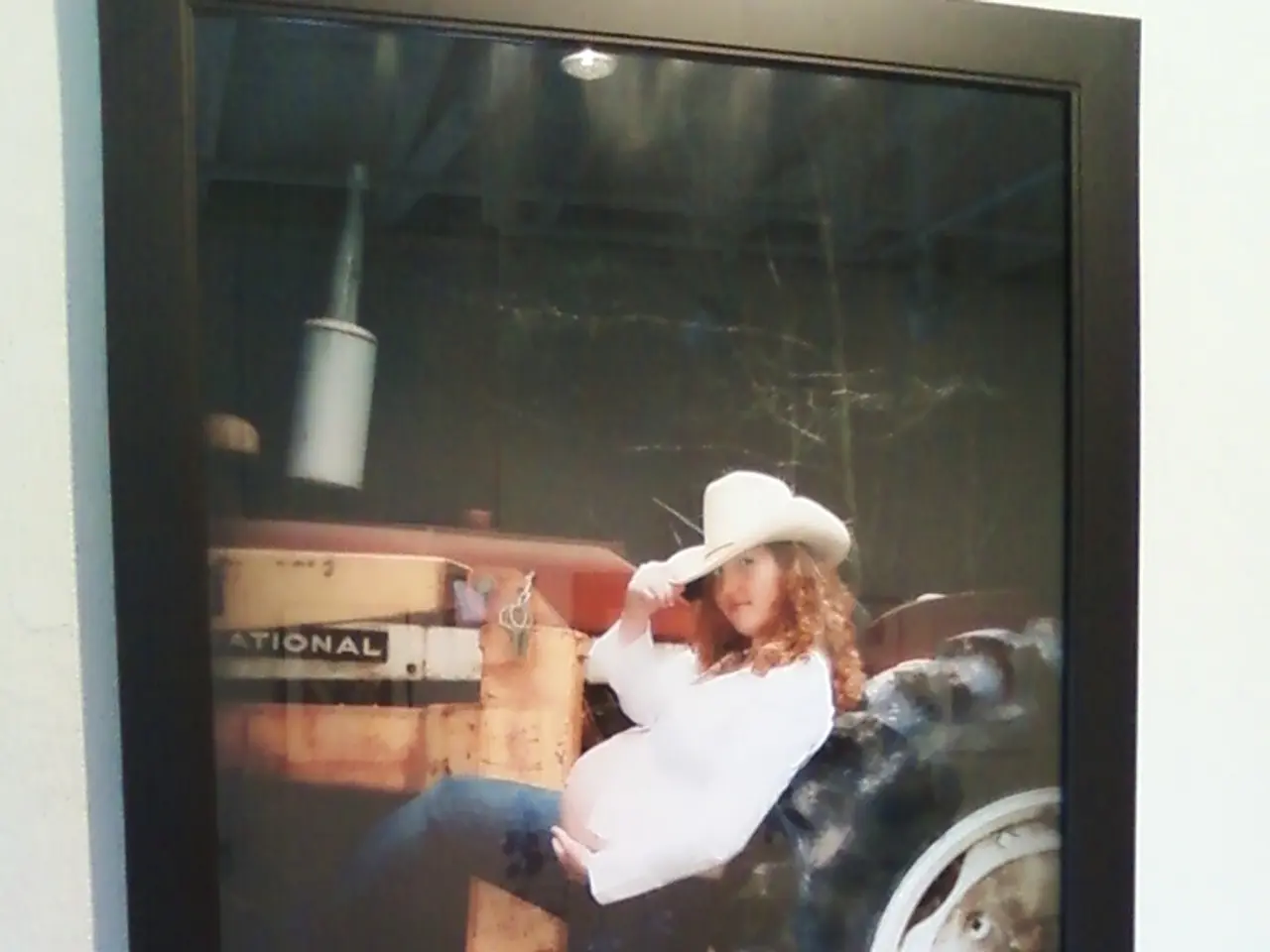Guide on Enhancing Political Figures through Photographic Strategies
In the realm of politics, photography plays a crucial role in shaping public perception and boosting a leader's career trajectory. Effective use of photography involves crafting carefully managed visual narratives that support the desired persona, values, and policy platform of a political leader.
Consistent Image Crafting
Photography should communicate a clear and consistent narrative about the leader's character, vision, and values. This consistent messaging helps shift public perception, for instance, from an outsider or niche figure to a credible, thoughtful leader with a strong platform.
Positive Visual Framing
Photos that depict the leader as competent, relatable, and engaged with the public create an impression of authenticity and approachability. Images of interaction with diverse communities or working in real situations reinforce connection with voters.
Use of Symbolism and Context
Contextual elements in photos (settings, props, attire) should reinforce political messaging, such as showing the leader in innovation hubs, schools, or community centers for a progressive image, or alongside national symbols for patriotism.
Control and Manipulation of Images
While extreme manipulation like montage or collaging was used historically, modern campaigns use digital retouching subtly to maintain appealing yet believable visuals without appearing inauthentic.
Leveraging Media and Social Platforms
Strategic dissemination of photographs through controlled media outlets and social media channels ensures the crafted image reaches target audiences repeatedly. This consistent exposure can shape public opinion effectively.
Aligning Visuals with Messaging
Photography should complement campaign slogans, speeches, and policy focuses, reinforcing a unified message that voters can easily remember and relate to.
Avoiding Negative or Inconsistent Images
Political leaders should avoid visual content that might contradict their message or cause negative perceptions, as manipulation or poor imagery can backfire and damage credibility.
The Future of Political Visual Communication
The future of political visual communication may include real-time visuals, drone coverage, AR-powered posters, and AI-enhanced editing. However, authenticity should remain intact.
Best Practices for Political Photography
- Tell a story with photos by considering the political context, composition, and framing.
- Use natural light whenever possible.
- Photos of direct voter engagement, rural outreach, and community moments build authenticity and trust at the local level.
- Authenticity, posture, eye contact, wardrobe, background, and lighting all contribute to an impactful political portrait.
- The key to political photography success is understanding how to use light and shadow to your advantage.
- Edit photos carefully before publishing or sharing them.
- Keep shots simple and avoid including too many elements in one frame.
- Archival photos, campaign imagery, and personal moments bring depth and emotional resonance to long-form political storytelling.
Cultural Sensitivity and AI in Political Imagery
Cultural sensitivity is extremely important in political imagery. AI can help with editing, background enhancement, expression correction, and archiving, but authenticity should remain intact.
The Power of Photography in Politics
Photography shapes public perception by visually communicating a leader's personality, values, and authority. Photos of empathy, presence at ground zero, or moments of action can help rebuild credibility and show leadership under pressure.
In summary, effective use of photography in politics combines strategic image creation, consistency with messaging, symbolic context, and modern media distribution to enhance a leader’s public persona and career trajectory. A cohesive visual identity across platforms builds recognition, brand recall, and credibility.
- Social media platforms are increasingly being used to craft and disseminate a politician's visual narrative, aiming to present a consistent image of the leader.
- Visual storytelling through photography plays a significant role in the entertainment industry as well, shaping public perception and influencing popularity.
- Politicians strive for authenticity in their imagery by emphasizing their connection with diverse communities and working in real-life situations, as this can positively impact public opinion.
- The future of political visual communication may involve advanced technologies like AI-enhanced editing and real-time visuals, but retaining a sense of authenticity is crucial.







